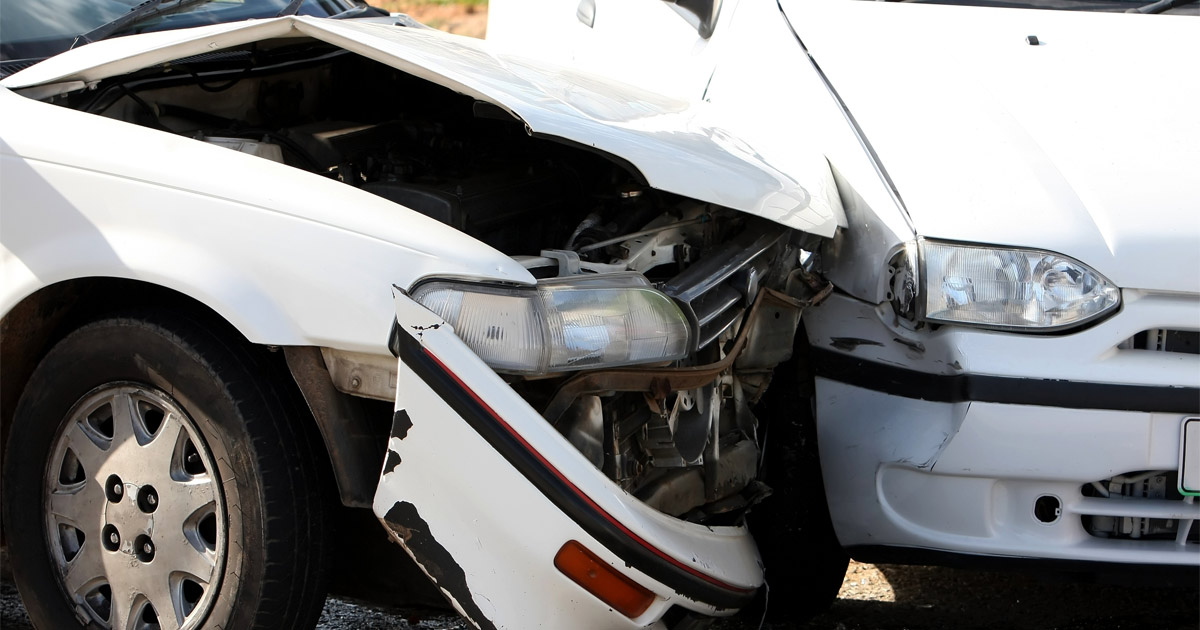The aftermath of car accidents—when everyone stays to swap information and figure things out—can feel stressful enough. But imagine swerving to avoid a reckless driver, one who never even touches your car, and having that driver simply drive off. Lawyers call these no-contact accidents “phantom driver” crashes. If you get involved in one, here is what you need to know.
What Exactly Is a Phantom Driver?
A “phantom driver” triggers a crash—like suddenly veering into your lane or cutting you off—without ever making physical contact with your vehicle. You might swerve off the road to avoid them or slam on your brakes and get rear-ended by the car behind you. Often, the phantom driver does not even know what they did.
How Are Phantom Driver Accidents Different From Regular Hit-and-Run Cases?
Both crashes end with the at-fault driver taking off, but hit-and-runs involve actual contact between vehicles. Phantom driver crashes, on the other hand, leave no dents or scratches on the fleeing car.
To treat a no-contact crash as a hit-and-run, investigators must prove the following:
- The phantom driver knew—or reasonably should have known—that they caused the crash.
- The phantom driver’s actions directly led to the accident.
- The phantom driver left the scene to dodge responsibility.
What Makes Phantom Driver Cases So Challenging?
With no physical damage to inspect, investigators often have difficulty finding the phantom vehicle. Without concrete evidence, if you try to claim insurance compensation for any injuries or losses you suffered, the insurance companies may argue that you overreacted or that something else caused your accident. Thankfully, courts now recognize that you do not always need a photo of the fleeing car or its license plate—other forms of testimony can carry the day. But to prove your case, you will need strong circumstantial proof: Witness statements, expert accident reconstructions, and any dash-cam footage.
What Legal Consequences Do Phantom Drivers Face?
Leaving the scene of any crash can lead to criminal hit-and-run charges—fines, license suspension, even jail time. Plus, if caught, the phantom driver will need to pay ‘civil’ damages: Your medical bills, car repairs, lost wages, and more. The hard part, of course, is finding and identifying them.
How Can a Lawyer Help With Your Phantom Driver Claim?
Skilled lawyers have experience with the following in phantom driver crashes:
- They can track down witnesses and find surveillance footage.
- They will work with accident reconstruction experts to piece together what happened.
- They will push back against insurance companies that try to deny your claim.
- They will fight for full compensation for your medical expenses, car damage, lost income, and pain and suffering.
Wilmington Car Accident Lawyers at McCann Dillon Jaffe & Lamb, LLC Can Help You Decide What to Do Next if You Have Been Injured by a Phantom Driver
If a phantom driver crash has turned your life upside down, you do not have to face it alone. Speak with the Wilmington car accident lawyers at McCann Dillon Jaffe & Lamb, LLC. For a free consultation, call today at 302-888-1221 or contact us online. Located in Wilmington, Delaware, we serve clients in Dover, Newark, and Middletown.


